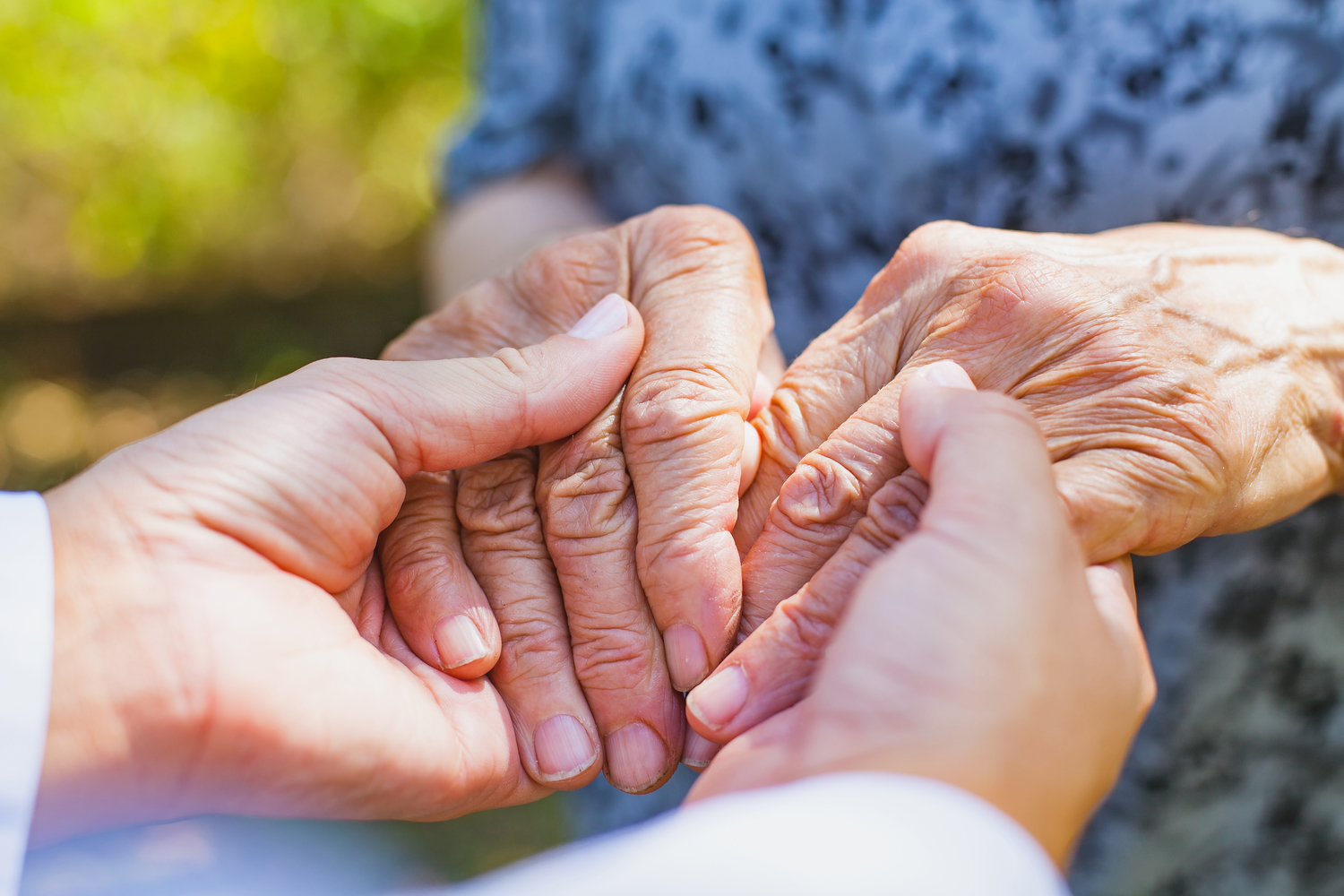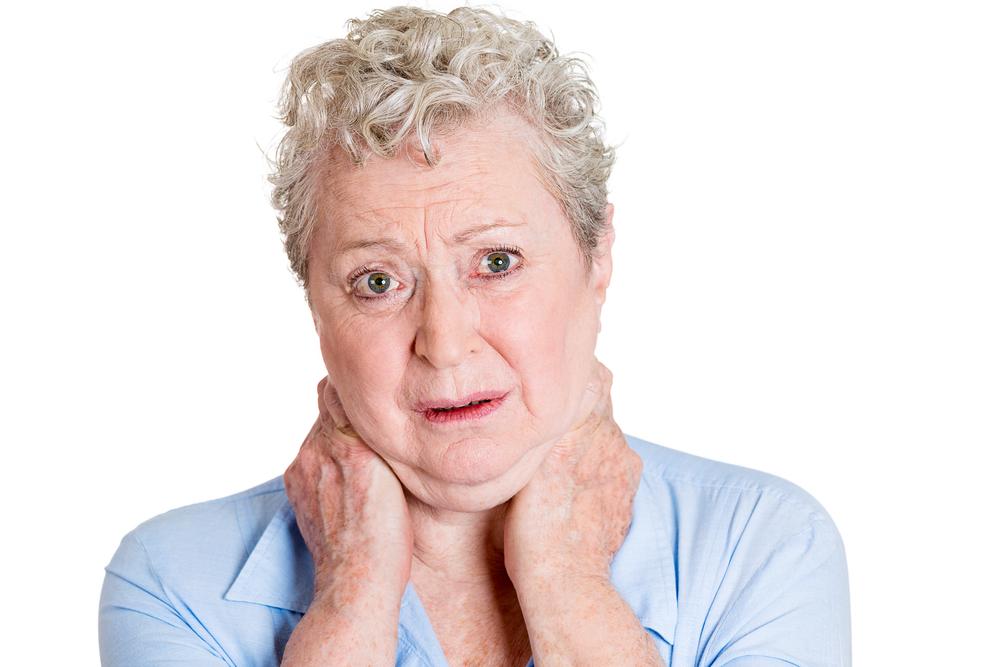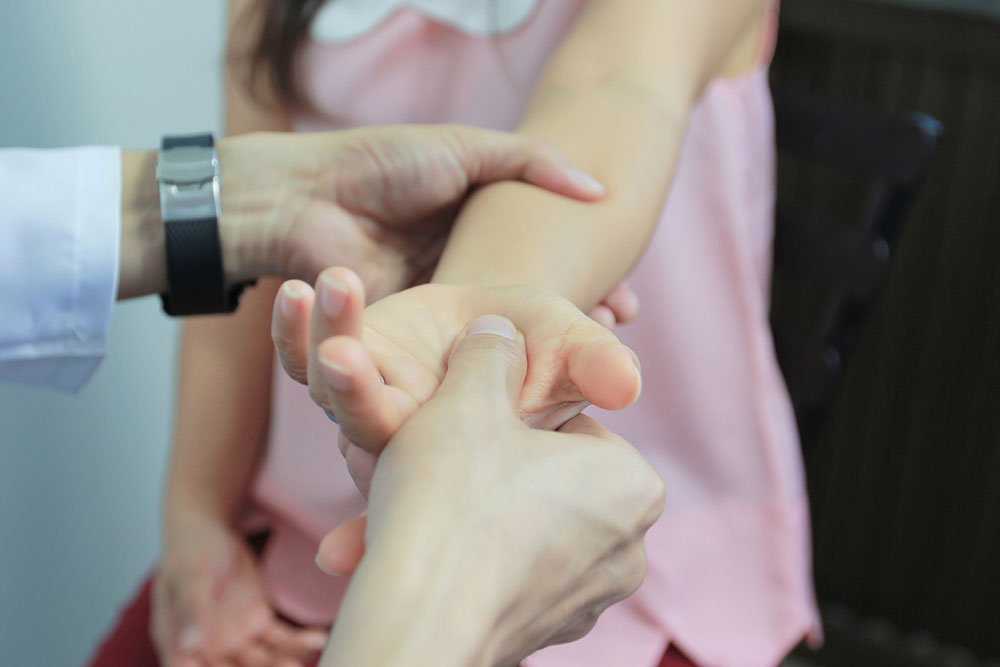Comprehensive Guide to Movement Disorders: Causes, Symptoms, and Advanced Management Strategies
This comprehensive guide delves into movement disorders, exploring their types, causes, symptoms, and the latest treatments. It emphasizes early diagnosis and advanced management strategies, highlighting recent technological and therapeutic developments that improve patient quality of life. Ideal for healthcare professionals and patients alike, it offers detailed insights into these complex neurological conditions.

An In-Depth Exploration of Movement Disorders and Their Impact on Health
Movement disorders represent a complex group of neurological conditions that significantly affect the way individuals move, coordinate, and perform everyday activities. These disorders are characterized by involuntary movements, impaired coordination, and abnormal muscle activity, which can progressively interfere with a person’s quality of life. Understanding these conditions involves diving deep into their causes, diverse symptoms, and the latest treatment modalities designed to improve patient outcomes and restore mobility.
Studying movement disorders is crucial for early diagnosis and effective management. This comprehensive overview aims to shed light on the different types of movement disorders, their underlying causes, clinical presentations, and the most current treatment options available for patients worldwide.
Categories and Types of Movement Disorders:
Ataxia: This disorder results from cerebellar damage affecting coordination, speech, and limb control. People with ataxia often struggle with balance, precision, and smoothness of movements, which can make walking and manual tasks difficult.
Dystonia: Characterized by sustained or repetitive muscle contractions, dystonia causes twisting, abnormal postures, and repetitive movements that can affect a single body part or multiple regions.
Beyond these, several other critical movement disorders deserve attention due to their prevalence and impact:
Parkinson’s Disease: A degenerative neurological disorder marked by tremors, rigidity, bradykinesia (slowness of movement), and postural instability. It often develops gradually and worsens over time, affecting gait, speech, and daily functioning.
Functional Movement Disorder: Also known as psychogenic movement disorder, this condition manifests through tremors, spasms, jerks, or gait disturbances with no apparent neurological cause. Psychological factors play a significant role.
Chorea: Characterized by rapid, irregular, involuntary movements mainly affecting the face, limbs, and trunk. It is frequently associated with Huntington’s disease but can also arise from other neurological causes.
Multiple System Atrophy (MSA): A rare, progressive neurodegenerative disorder damaging various parts of the nervous system, including the autonomic nervous system, leading to a combination of movement and autonomic symptoms.
Underlying Causes and Risk Factors:
The origins of movement disorders are multifactorial and often complex. While in many cases, the exact cause remains unidentified, several known factors contribute significantly:
Infections, inflammation, and exposure to neurotoxins such as heavy metals or pesticides can initiate or exacerbate these conditions.
Vascular events like strokes, traumatic brain injuries, and metabolic abnormalities—including thyroid disorders—are recognized triggers.
Genetic predispositions play a pivotal role, especially in inherited disorders like Huntington’s disease or familial Parkinson’s.
Environmental influences, aging, and autoimmune diseases also contribute to disease development. Medications, particularly some antipsychotics or anti-nausea drugs, may induce or worsen symptoms.
Advancements in research continue to uncover the intricate mechanisms behind these disorders, highlighting their multifaceted etiology and paving the way for targeted therapies.
Recognizing Symptoms and Disease Progression:
Early signs of movement disorders are often subtle and easily overlooked. Common initial symptoms include muscle stiffness, weakness, and minor tremors. As the disease advances, patients may experience more pronounced involuntary movements, such as twitching or jerks, along with increased muscle tone, leading to rigidity and abnormal postures.
Additional clinical features include:
Impaired balance and coordination, resulting in frequent falls or difficulty walking.
Speech problems and swallowing difficulties, which can affect nutritional intake and communication.
Uncontrollable spontaneous movements that interfere with daily life activities.
Changes in gait, posture, and sometimes fluctuating levels of consciousness or alertness, depending on the disorder severity.
Understanding these symptoms facilitates early intervention, which is critical for improving long-term prognosis and quality of life.
Modern Diagnostic and Management Strategies:
Diagnosing movement disorders involves an integrated approach combining detailed medical history, comprehensive neurological examinations, and advanced imaging techniques such as Magnetic Resonance Imaging (MRI). Other diagnostic tools include nerve conduction studies, electromyography (EMG), and neurophysiological tests to assess nerve and muscle function.
Following diagnosis, treatment plans are individualized based on the specific disorder, severity, and patient health status. Common therapeutic options include:
Medications like levodopa, anticholinergics, and dopamine agonists are frequently prescribed to manage symptoms, especially in Parkinson’s disease.
Botulinum toxin (Botox) injections effectively reduce muscle contractions in conditions like dystonia.
Deep brain stimulation (DBS), an advanced surgical technique, involves implanting electrodes in specific brain regions to modulate abnormal activity, significantly improving motor symptoms.
Physical therapy, occupational therapy, and speech therapy are essential components to enhance mobility, coordination, and communication skills.
Additional supportive therapies include intrathecal baclofen delivery for severe spasticity and lifestyle adjustments such as tailored exercise routines, dietary modifications, and home modifications to ensure safety.
Post-treatment management emphasizes continuous monitoring and adaptive therapies, aiming to maximize patient independence and prevent complications.
In summary, understanding movement disorders comprehensively—from their causes and symptoms to the latest management strategies—is vital in improving prognosis and quality of life for affected individuals. Ongoing research and emerging technologies promise further breakthroughs in diagnosis and treatment, providing hope for better future outcomes.





